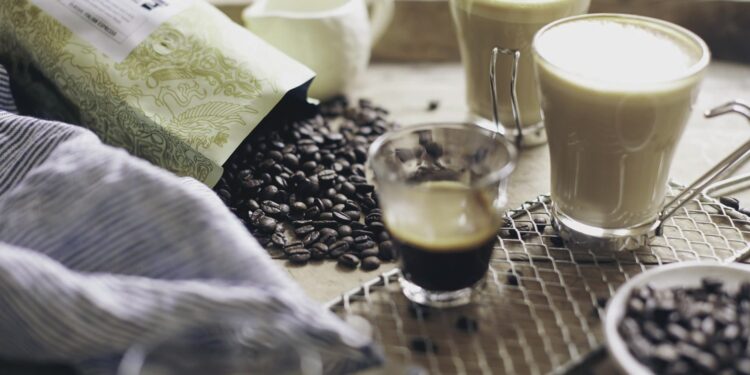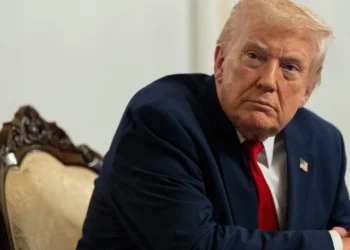Seattle coffee lovers are experiencing sticker shock as java prices climb dramatically, with some specialty drinks now costing $12 or more as the city’s beloved coffee culture confronts a perfect storm of supply chain disruptions and trade policy changes.
Coffee prices nationwide jumped approximately 20% in August compared to the previous year, according to the U.S. Bureau of Labor Statistics, hitting Seattle particularly hard given the city’s deep coffee culture and concentration of independent roasters.
“The price of a coffee is no longer under, like, $5,” said Emma Ueda, a 27-year-old Seattle resident. “It could be a $12 day, just going to a cafe.”
The price surge stems from multiple factors affecting an industry that imports 99% of its product. Global coffee bean shortages, shipping delays, and President Trump’s tariffs, including a 50% duty on Brazilian coffee, have created unprecedented cost pressures for local businesses.
Brazil supplies 35% of America’s unroasted coffee and accounts for 37% of global production, making the tariff particularly impactful. The U.S. imports about 80% of its coffee from Latin America, with Colombia providing another 27% of supply.
“It’s difficult to predict exactly how much tariffs will impact consumers’ pocketbooks, but coffee prices are already at record highs,” said William Murray, president and CEO of the National Coffee Association.
Local coffee businesses are adapting differently to the crisis. Peter Mark Ingalls, owner of Kuma Coffee, emphasizes paying premium prices to small farms while absorbing some cost increases to protect customers.
“We have to raise a bit here, but I don’t want to burn people or kind of add to the problem,” Ingalls said. His wholesale-focused business typically pays $3.50 to $4 per pound for high-quality beans, while standard blended coffee has jumped to nearly $6 per pound.
Caffè Umbria co-owner Emanuele Bizzarri, who has worked in coffee since the 1980s, described current conditions as unprecedented. “We’re at a historical high,” he said, referring to C market futures prices.
The company imports primarily from Brazil, Colombia, Guatemala, Kenya, and Papua New Guinea, with contracts set years in advance now subject to changing tariff rates. “Your costs are completely different than what you thought your costs were,” Bizzarri explained.
Post-pandemic shipping challenges have compounded the crisis, with container shortages and port congestion creating what Bizzarri called a “nightmare” for importers.
Despite raising prices earlier this year, Caffè Umbria avoided dramatic increases. “If we would pass everything [on to customers] that we got increased right now, you would have a caffè latte that’s going to be over $20,” Bizzarri said.
Seattle’s high operational costs, including expensive real estate, rising minimum wages, and changing tip regulations, intensify pressure on local coffee shop owners.
Mehmet Gultekin, owner of The Seattle Grind in Uptown, keeps prices in the $5-6 range by operating a smaller footprint and working in his own shop. “Taxes are so high,” Gultekin said. “Coffee shop owners have huge fees.”
Consumers are adjusting their habits accordingly. Vanesa Carrillo Navarrete, 24, carries small bottles of syrups to customize less expensive drinks. “It used to be an everyday ritual, for me at least, but, with these prices really climbing up, I take a double take,” she said.
Starbucks, headquartered in Seattle, sources from over 450,000 farmers across 30 countries and has hedging strategies to reduce price volatility. Chief Financial Officer Cathy Smith acknowledged that “both the tariff environment and coffee prices continue to be dynamic.”
Some relief could emerge if Trump modifies tariffs on products that cannot be domestically produced in sufficient quantities, as outlined in a recent executive order.







